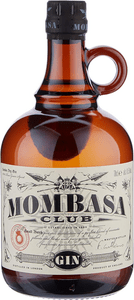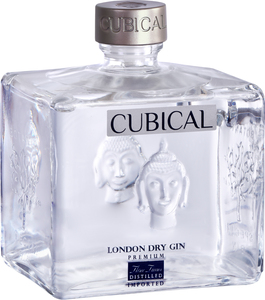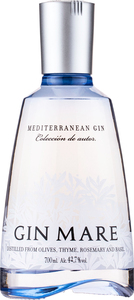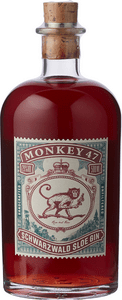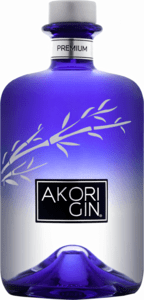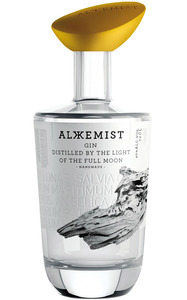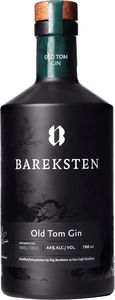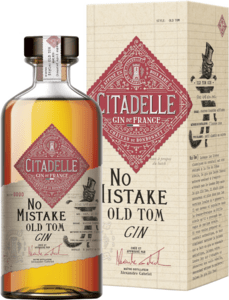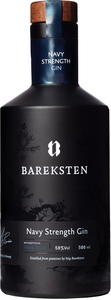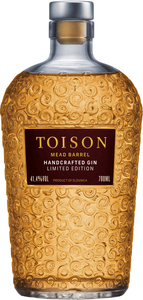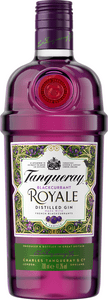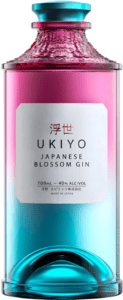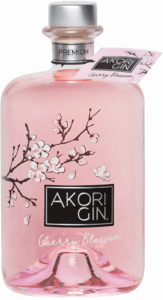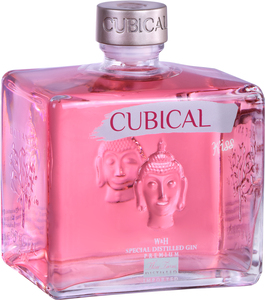How to choose Gin?
Choosing the right gin is truly an art. But we can help. Join us for a brief history of the origins of this mysterious drink!
Gin is an alcoholic drink and its basic ingredients are juniper berries and grain.

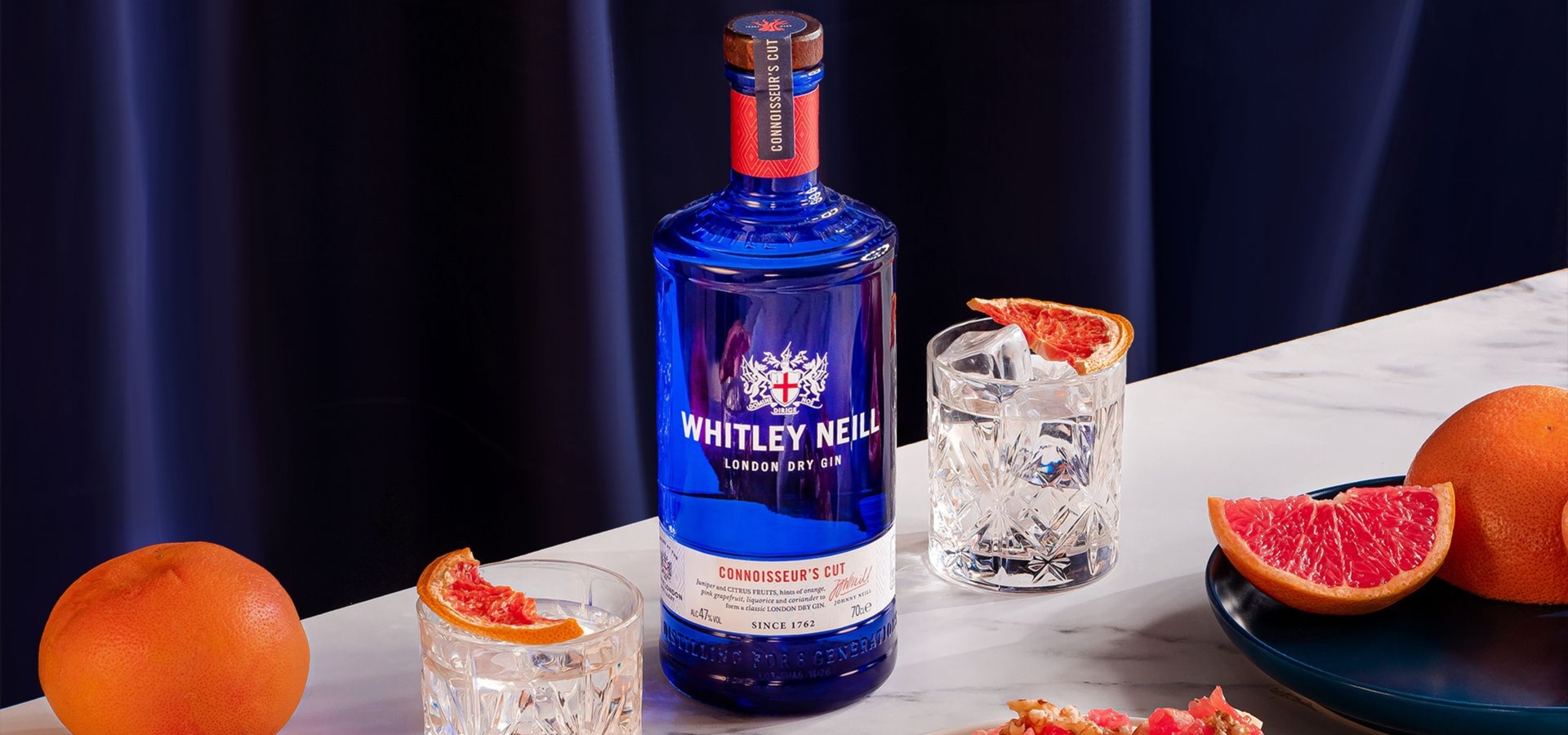

Its journey began in the Netherlands in 1650, when it was discovered by the inventor Franz de le Boë, who was known by the name of Franciscus Sylvius. Sylvius, a professor of medicine at Leiden University, was originally looking for a cheap diuretic to treat kidney problems.
Sylvius decided to experiment and combined two diuretic ingredients - juniper berry oil and grain distillate. This combination produced a mixture he called "genever" (from the French "genévrier" - juniper). This drink, known by English soldiers as 'Dutch gouge', also became popular in England and was soon considered the national drink.

The production of gin begins with a fermentation process in which the yeasts present convert the sugar components of the starting material (in the case of gin, for example, barley malt) into alcohol. However, there is little of this in the resulting mixture, so the liquid has to be distilled repeatedly - along with the herbs and spices that give gin its typical characteristics. The most commonly used herbs and spices are: juniper, coriander, lavender, angelica, mint, liquorice...

It is of historical interest that in the 18th century the British consumed so much gin that it was seen as a major cause of crime and the decline of society. The famous English painter and engraver William Hogarth denounced this social situation in his work Gin Lane. This action also contributed to the enactment of the Gin Act in 1751, which aimed to curb the consumption of alcohol in the country.
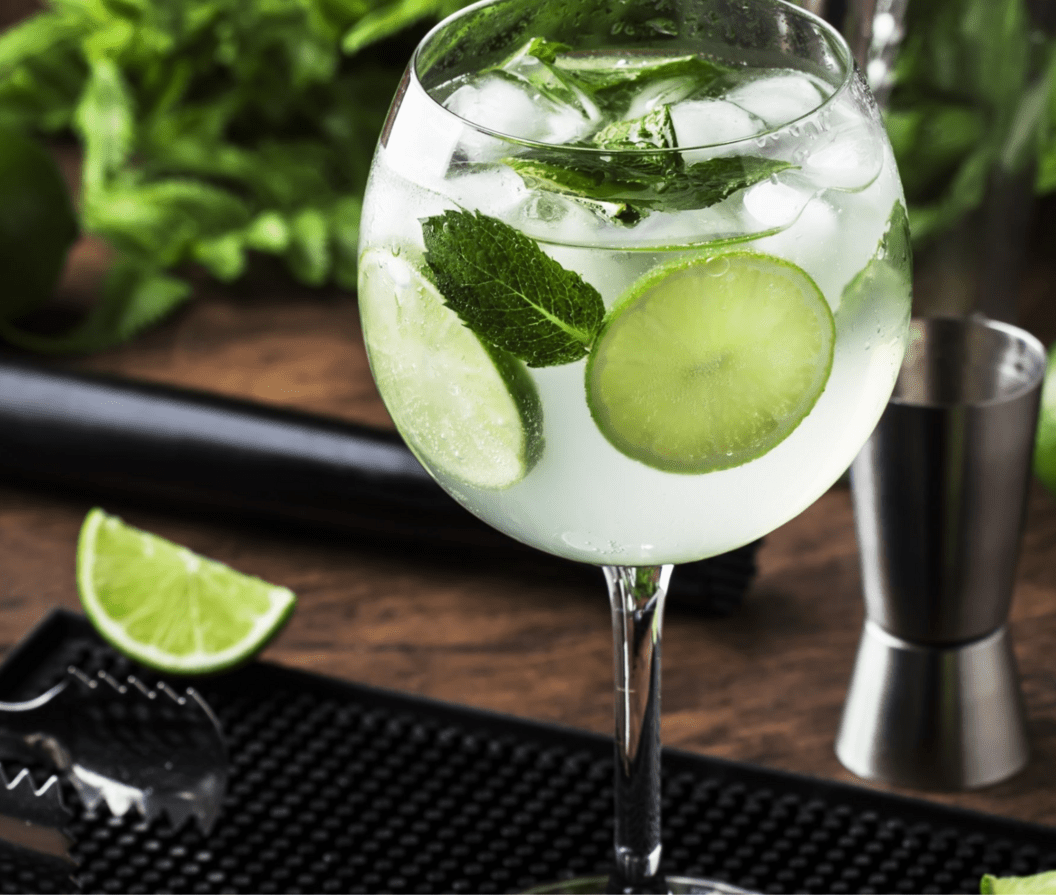
Gin is a staple of many mixed drinks, but it was the combination with tonic that made it a legend. So much so that the famous gin tonic even has its own international day - 19th October. And as is the case with many great discoveries, history was written by chance.
When a malaria epidemic broke out among the British colonizers in India, doctors recommended quinine tonic as a prevention against the insidious disease. The problem was bitterness, but the resourceful soldiers quickly found a solution - diluting it with water, sugar, lime and gin, an extremely popular drink among the British. The rest is history, and as hundreds of years have passed since then, the gin tonic has in the meantime risen from a rather uninventive recipe to one of the most variable drinks ever.

- London Dry: this type, also known as 'dry', is the most basic and widespread type of gin. It is made from grain spirit, which must be of organic origin. After distillation, it is diluted with water to the required strength. Although the name derives from London, it is not a rule that it must be made in that city.
- Genever or Navy, Aged Gin: the original Dutch gin, invented by Dr. Sylvius, is made like whisky and aged in oak casks. This type of gin is not suitable for mixing in cocktails and is recommended to be drunk neat or on the rocks.
- Botanical Gin: a gin with a more aromatic aroma and flavour, using more spices and herbs
- Flavoured Gin: Gin flavoured with various exotic or berry fruits - raspberries, strawberries, pineapple, mango...
- Old Tom Gin: an old way of making gin from a time when the distillation process was not yet perfect and the result was a harsh alcohol to which sugar was added to mellow the flavour and make it more drinkable






